Friends,
As you have likely heard, Microsoft shut down Skype on May 5, 2025. For those who never heard that ring tone, Skype was the OG Internet phone / messaging service. It wasn’t the first attempt at Internet telephony - but it was the first that worked at scale. And it wasn’t that long ago that Skype was still a thing. The pandemic….in theory should have been a moment for Skype to shine. But rather, Zoom, Slack and yes Teams seized that opportunity.
The Internet provided some awesome takes:
- at SatPost, on the audio joy of Skype and what it replaced (phone cards! ✅ Internet cafes! ✅)
The WSJ, which reminded us how Skype would forget your log-in and contacts with regularity (and how tremendously painful that recovery process was 🤕 )
Both of these takes are, of course, quite true.
Skype was transformative. It made our world dramatically flatter. It maintained versions of Skype for an incredible breadth of end devices. And….it was also painful. It *did* indeed lose your log-in with regularity. And would keep billing SkypeOut if you weren’t vigilant.
(What’s SkypeOut, you ask? Well, in the pre-smartphone era, to call non-Skype users, we used to pay for calls by the minute on SkypeOut, which covered Skype’s costs in interconnecting with local wired or wireless networks on the other end of the call. I remember having to remind a network operator client of this - that the fee covered interconnect costs that telcos charge - during an interview with….Skype. 🤦 I then dutifully steered the conversation elsewhere. 🫧 )
Explaining SkypeOut, Skype: The Definitive Guide, 2004. Via flylib.
So, Skype is dead - RIP. 💐
Long live….an incredible breadth and depth of services that can carry a “voice call”.
What follows is a bit of an ode to Skype. But first, let’s set the stage.
With each edition of Strategy for the Networked Economy (S4NE) class, I poll the students: goals for class; favorite news sources; smartphone OS; messaging services used daily; etc., etc.
Here are poll results from March 2025. This is from the MBA version of S4NE.
Rednote makes its first appearance!
Let’s look at January 2024. Again, these are MBAs, who use Slack and WhatsApp for a lot of campus activities.
How about January 2020, right before we went remote for the pandemic?
(The 2020 survey reflected my biases - I included Skype, WeChat, LINE and Kakao as choices but left out iMessage. So Messages likely was undersampled. Mea culpa.)
Point being - Skype inverts the old saying attributed to Mark Twain - the rumors of my demise were greatly exaggerated. Rather, Skype’s shutdown, in an era with multiple 1B MAU mobile-first messaging services *and* multiple enterprise messaging / conferencing services (e.g. Zoom and Teams, each with several hundred MAU) that are not Skype, was overdue.
Image credit: Skype post-mortem on Eleken.co
Though, it *is* worth noting that Microsoft, having acquired Skype (2011), then Yammer (2012), and then Nokia’s device and services business (2013) for good measure, ultimately released its own video conferencing software - Teams (after not buying Slack) - and then did what it *should* do - leverage the bundle! And also the pandemic. So if you’ve used a Microsoft conferencing product of late, it’s Teams, not Skype.
Microsoft Teams (not Skype) DAUs
Hold on, someone just sent me a Teams link. 🥁
(I’ve always found the Office Communicator —> Lync —> Skype for Business history, hard to follow. But this wikipedia entry tries.)
But enough about Skype being passed by! For that, I’ll refer you to this CNBC post-mortem with Om Malik from 2023.
Rather, here’s a look back - in appreciation - at Skype’s two-plus decades of service.
My first Skype call - fall 2003
I’ll start with my first Skype call, which was from Tokyo to Redwood City, in fall 2003.
Google maps (in the present day) helpfully lets me know the cost of flying there to do the meeting instead
I was in the old Tokyo Station Hotel, which was a rabbit’s warren nestled in the eaves of Tokyo Station. It was a great business travel hack back then - inexpensive, incredibly convenient, and yes, it had fiber. You could connect via Ethernet in that pre-Wi-Fi era. (The old Tokyo Station Hotel has since been replaced by the much more upmarket and upwardly priced Tokyo Station Hotel, as part of developer Mitsubishi Estate’s constant ongoing renovation of Marunouchi.)
A co-worker suggested Skype, which had launched….like a month before. I plugged in Ethernet, and for good measure, put on Sony noise-cancelling headphones. 🎧
From Tokyo….it was like Redwood City was next door. No latency. Great audio quality. Going from 1000-yen phone cards worth 10 minutes at a phone booth….or prepaid burner phones on the then-Vodafone KK (now SoftBank Mobile) network to literally perfect voice telephony was like night and day. Good-bye phone cards, and good-bye phone booth!
Not a 2003-era phone booth - WiFi was in its infancy then - I took this pic in 2024 - but you get the idea.
(Btw, coarse math indicates Tokyo to Redwood City are about 5158 miles apart, or about 27ms at the speed of light one way. This does not take into account Skype being a P2P network, which would imply a less-than-direct path. )
The world had gotten flatter. The chart below, via Statista, tracks concurrent users (not MAUs) from 2004-2013.
As of 2010, before being acquired by Microsoft, Skype had a reported 300 million MAUs, and 600M registered users. How many of those were unique users? Good question.
Some highlights from the bygone Skype era:
Skype definitely achieved “verb” status
A select few companies achieve that coveted status, where the name becomes a verb describing the action - Skype was one of those. And the name - punchy, global - was perfect - Skype me!
Your Skype graph was your real conversation graph
Apps today “offer” to see if you have contacts already using their service, which is a polite way of saying they’re going to go through what might be decades of contacts. Decades after this became common practice with the smartphone era, this still gets this reaction from me: 🤨
Now, this does help developers solve the “empty room problem” - now that you’ve downloaded the app, let’s make sure you have someone to interact with! Here’s an example of WhatsApp’s permissions (used in class about network effects and solving the cold start problem).
Whereas your Skype graph was developed one connection and one call at a time, in the time-honored fashion. Skype earned your social graph, one call at a time.
That ring tone!
Danceable, and simultaneously funny and annoying? Incredibly disruptive if you were, say, working? But it was a ring tone you could dance to!
But, perhaps that was the era. Remember Vonage?
Skype to eBay for $2.6B meant Vonage went public at $2.6B
Skype launched in August 2003. eBay bought Skype in 2005 for $2.6B, with another potential $1.5B in performance milestones. Bidding from News Corp had driven up the price. eBay CEO Meg Whitman presented a case for synergy between eBay, PayPal (then owned by eBay) and Skype….which looks less distant now in the age of the super app. (Let’s say that again - at one point eBay owned PayPal and Skype. More on that in a moment.)
Prior to Skype, founders Niklas Zennstrom and Janus Friis had founded Kazaa, a P2P music sharing service, much to the ire of music labels. For that reason, the face-to-face negotiations took place outside of the US. (The headlines do write themselves - future gubernatorial candidate leads secret negotiation to buy encrypted messaging service founded by fugitives)
But…Skype being acquired for $2.6B set the floor on the valuation for the above Vonage, now part of Ericsson. To founding CEO Jeff Citron, if Skype, which monetized its customers “as little as possible” (an actual quote) was worth $2.6B, then Vonage wasn’t worth a penny less. So Vonage duly went public on May 2006 at a valuation…of $2.6B.
Super App 1.0: eBay used to own Skype…and PayPal.
In the era of the super-app (or attempted super app), this seems less crazy.
Back then, particularly in the pre-smartphone, pre-app era, eBay integrating messaging and payments felt artificial. This was, in part, perhaps an order-of-operations problem - adding payments and messaging to auctions after the fact, rather than, say, auctions to messaging (a la, say, Facebook Marketplace) inverts a more logical ordering.
Skype was visible in the GDP of Estonia
I sometimes use Skype in class as an example of an event with locally transformative impact. Much of the Skype team was in Estonia (population 1.37 million).
Estonia, today, is still a leader in digital service adoption.
This post has been in development for weeks, in between events and travel and various other production. I am finishing this on an international trip during which I’ve used Messages, FaceTime, WhatsApp, LinkedIn, Slack and even Facebook Messenger for things I used to use Skype for. Skype’s maintenance of clients for seemingly every possible end device was much less relevant in the mobile-first era, when a developer could build for a few dominant handsets within iOS and Android. (Added: SkypeOut also became irrelevant in an era with more-pervasive mobile networks and broad smartphone adoption.)
RIP, Skype. You made our world flatter.
Let’s listen to that noise palette one more time.
Onward and upward,
Jon

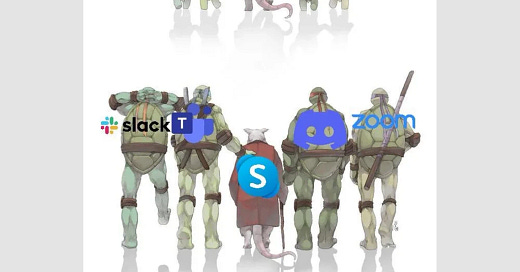


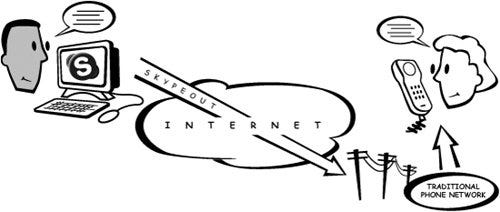
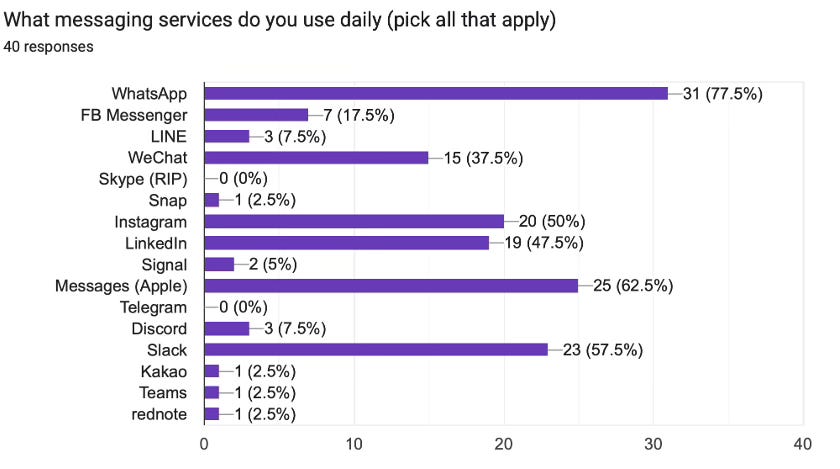
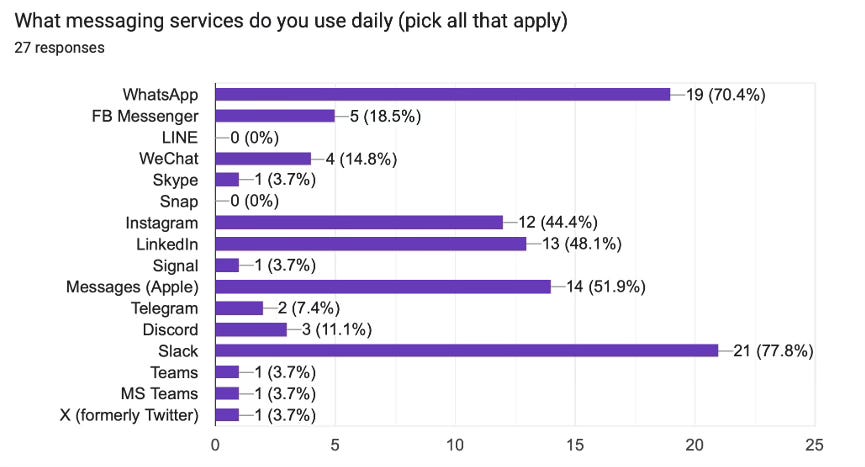
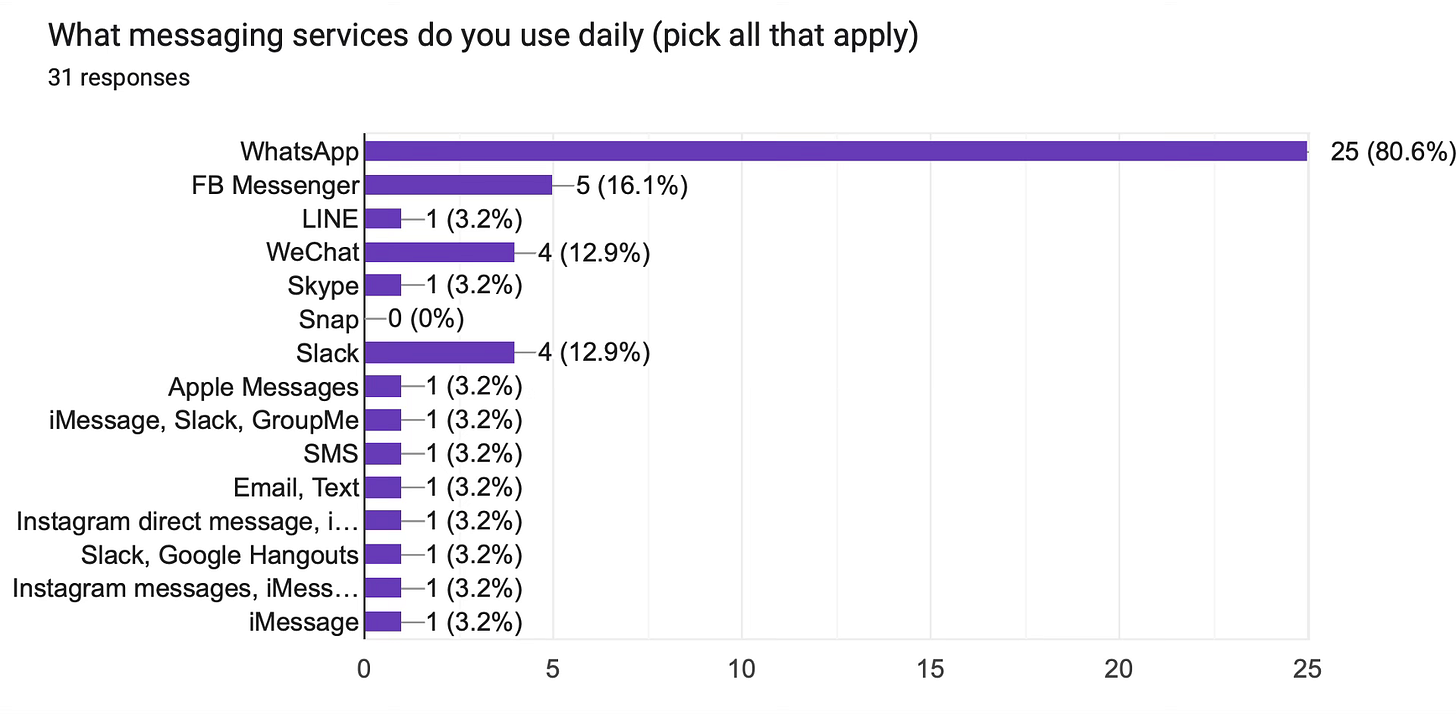

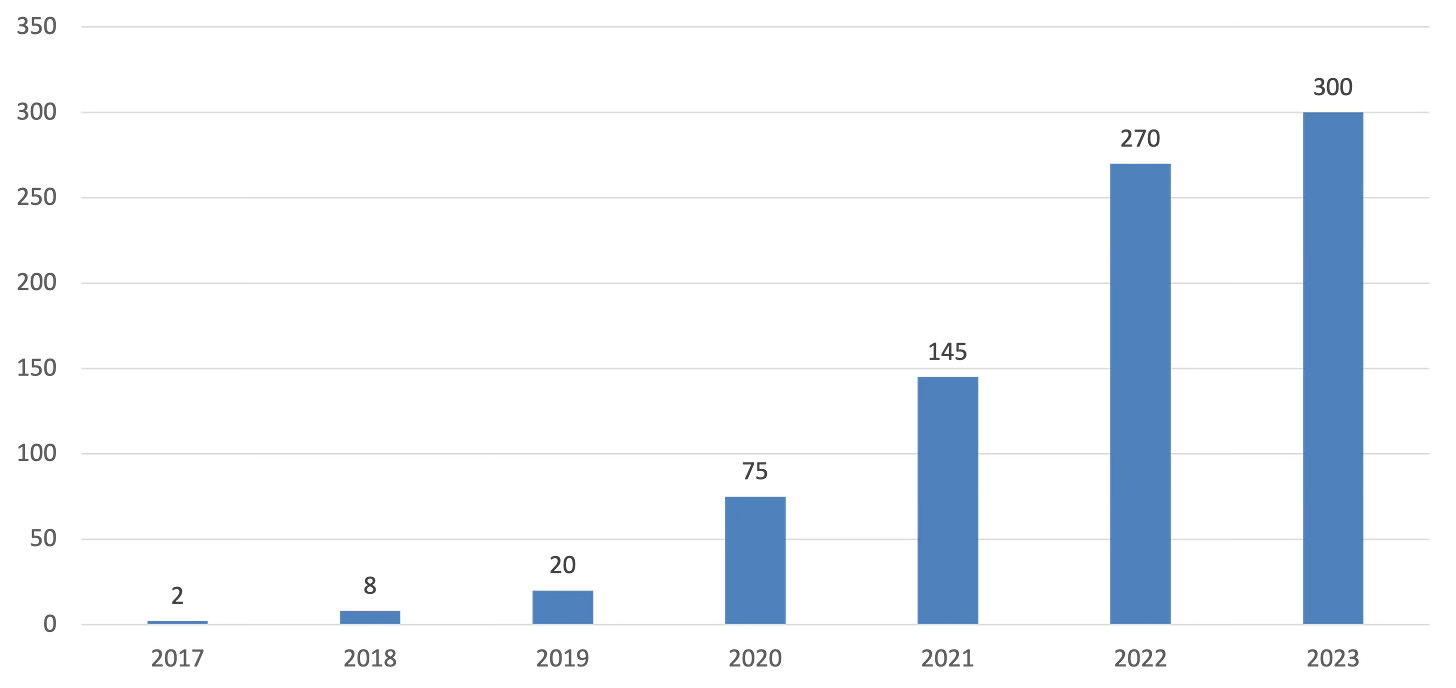
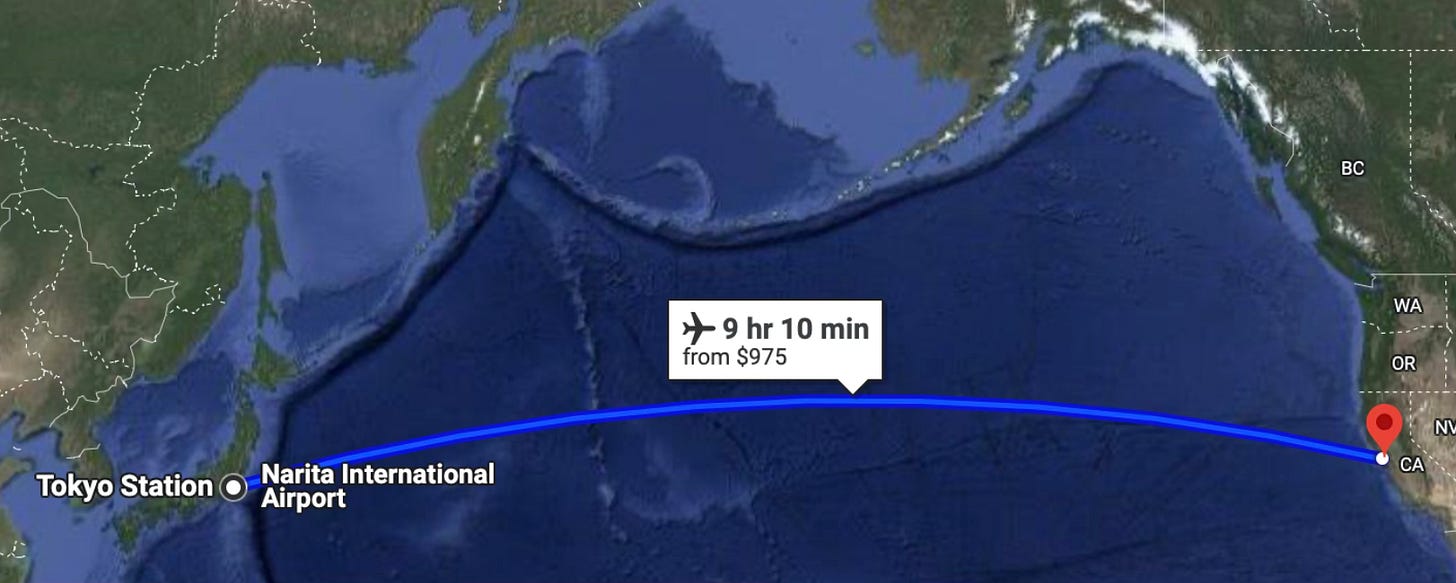
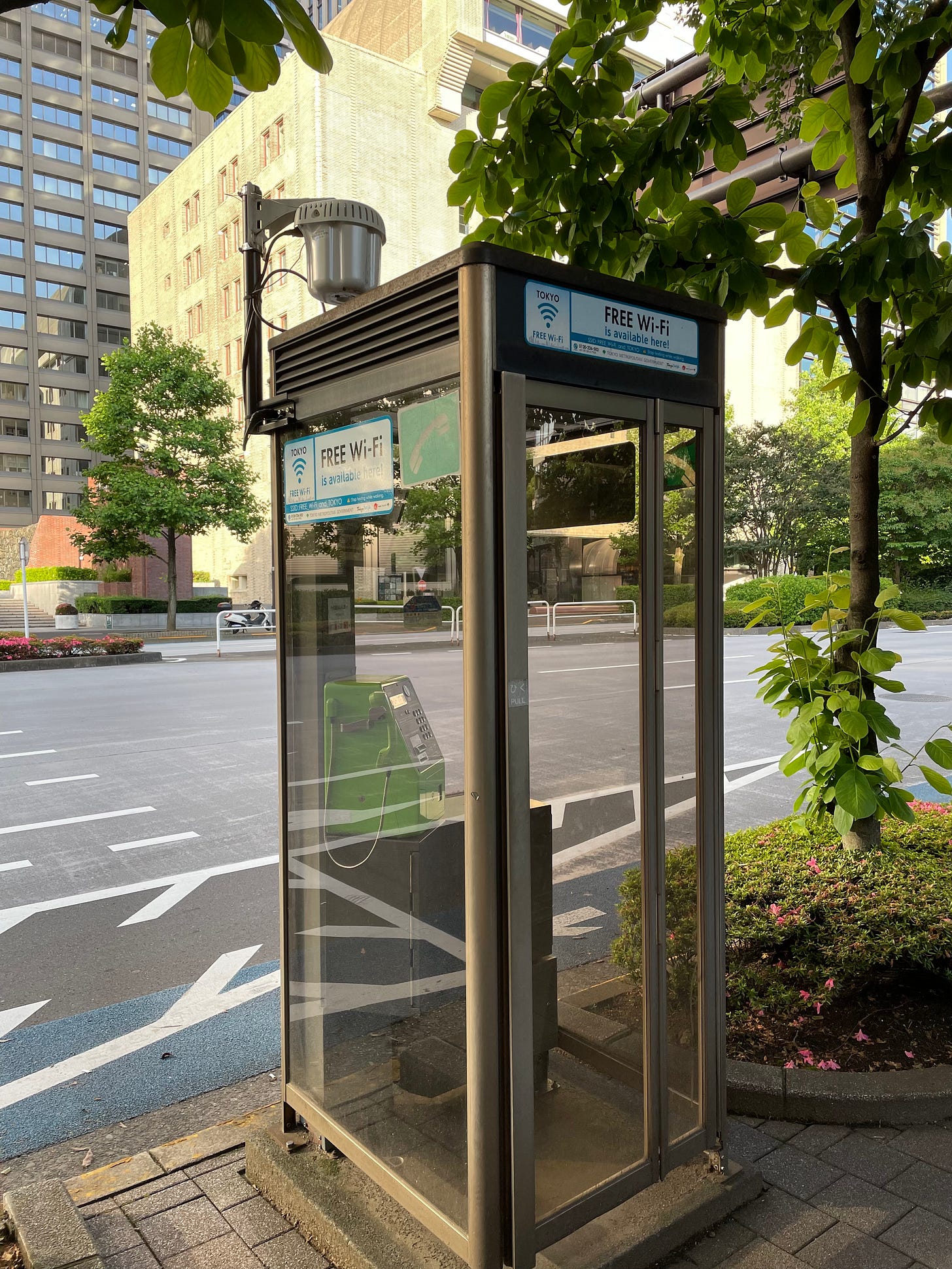
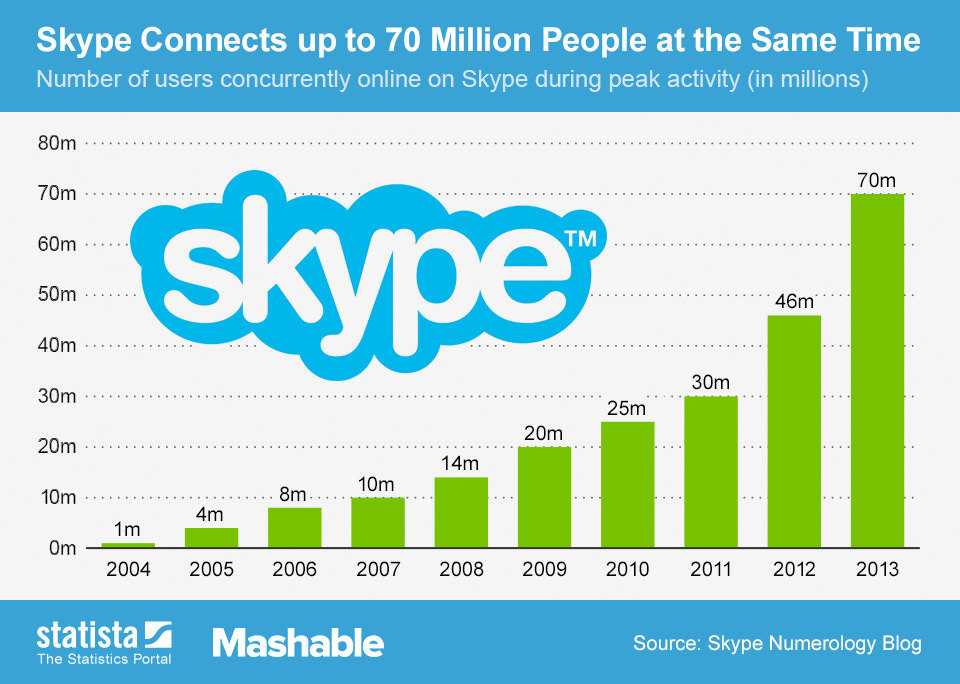
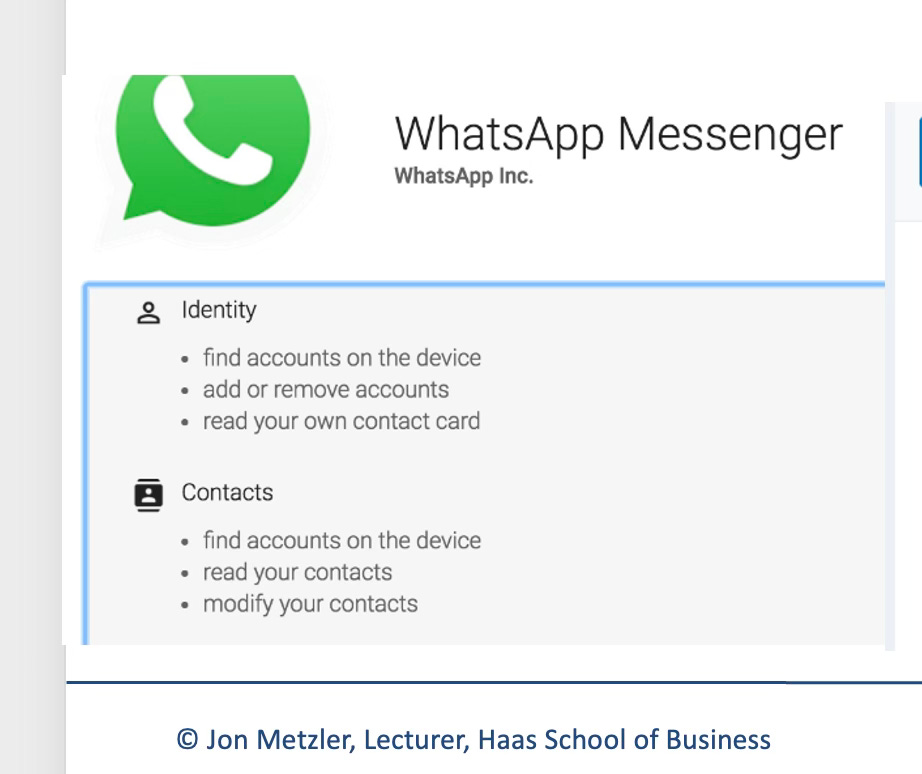
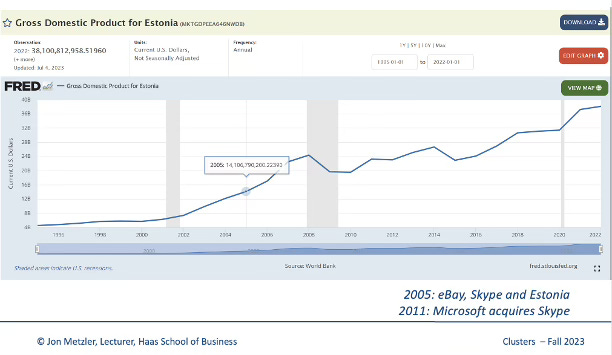
So much nostalgia! I wonder if Skype being presented as a 'voice first' ie synchronous first service harmed its prospects. WhatsApp won as it provided 'the best' SMS alternative and that's what people wanted. Of course Zoom / Teams have given new life to synchronous interactions now.
This phone booth in Toyama basically embodies the phone booth described in this post
https://substack.com/profile/11111028-jon-metzler/note/c-125654719?r=6m5bo&utm_medium=ios&utm_source=notes-share-action